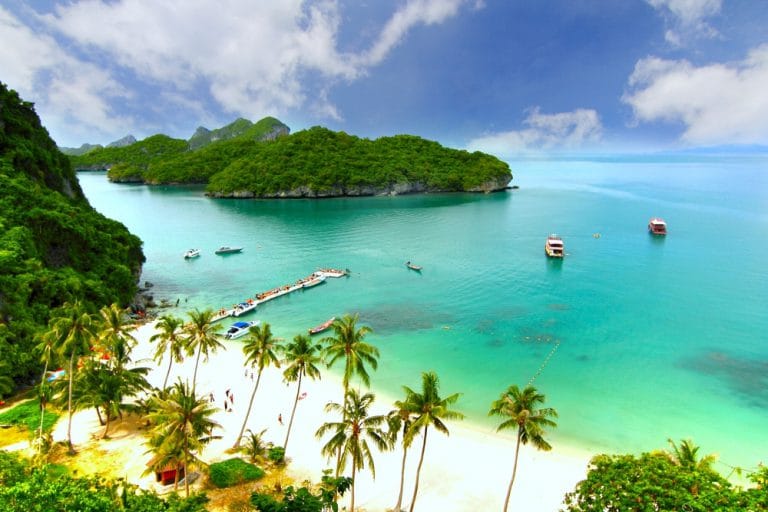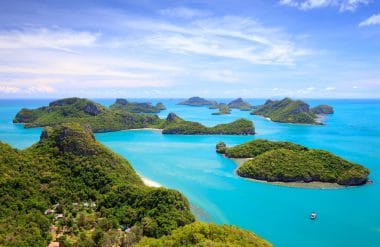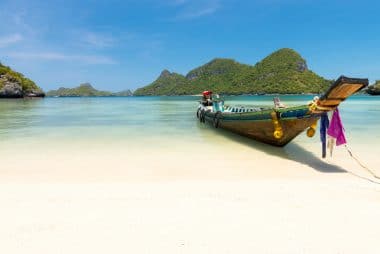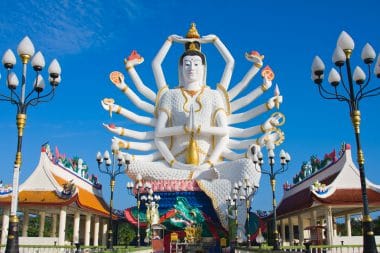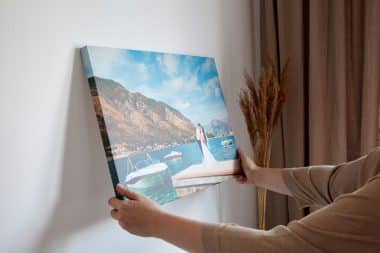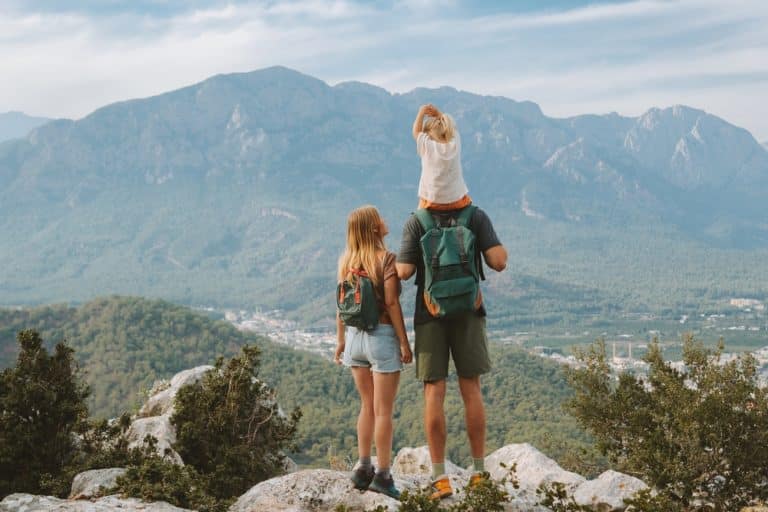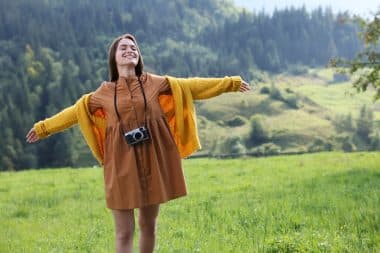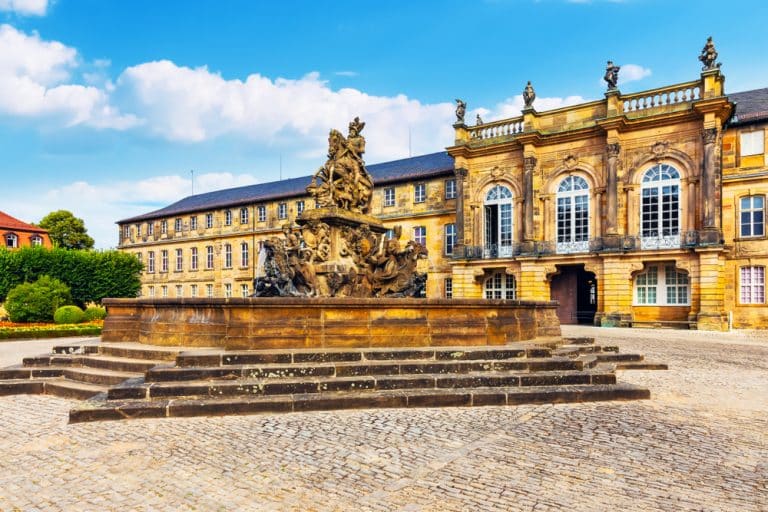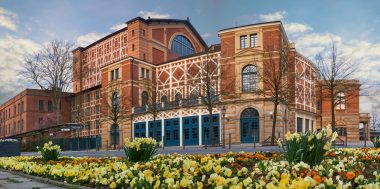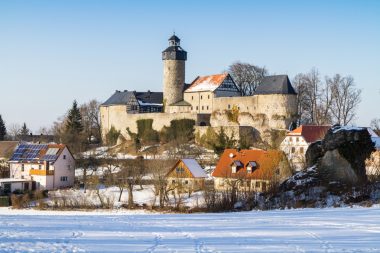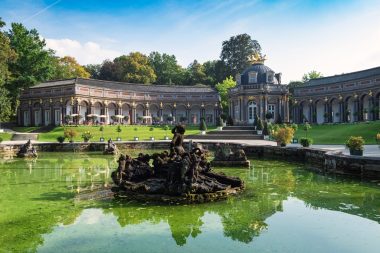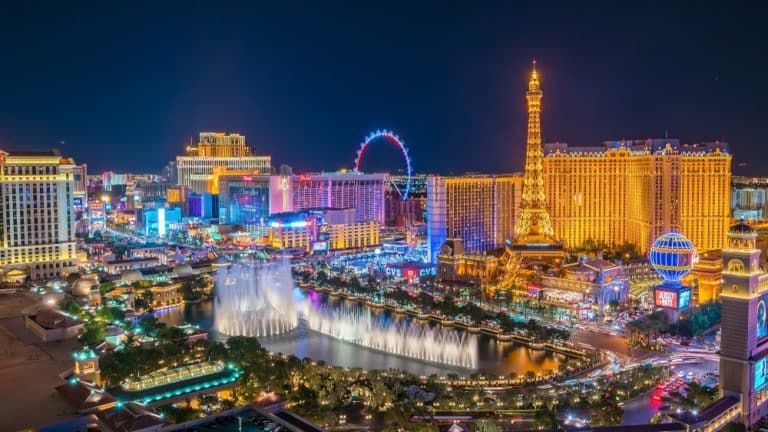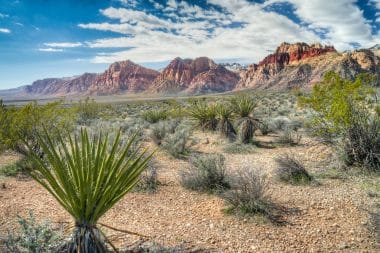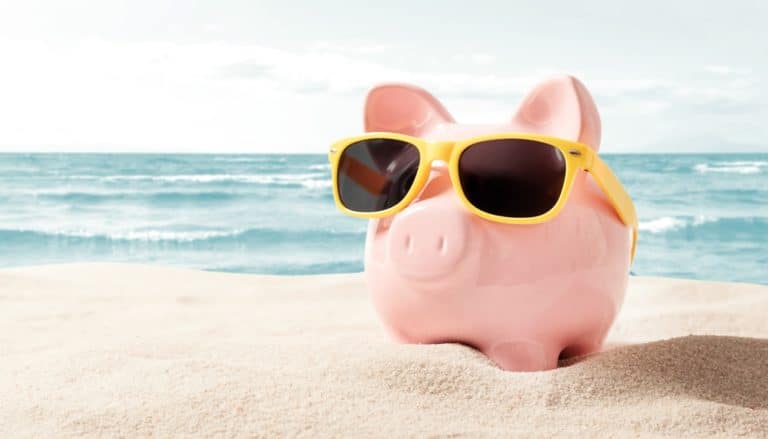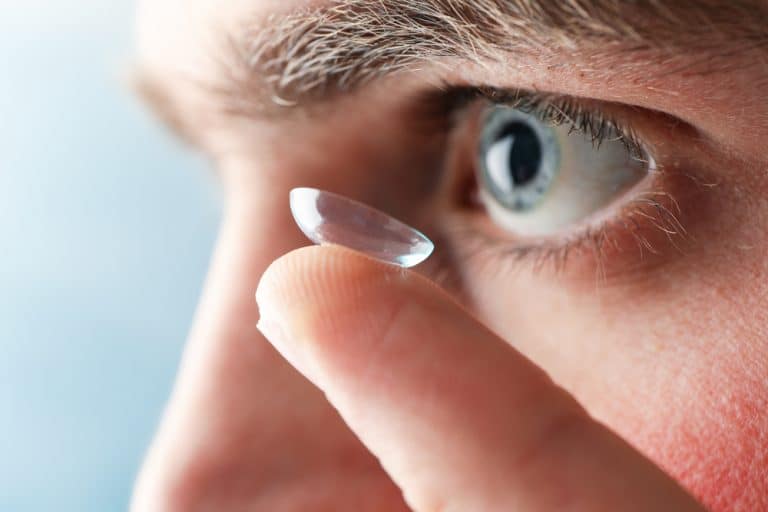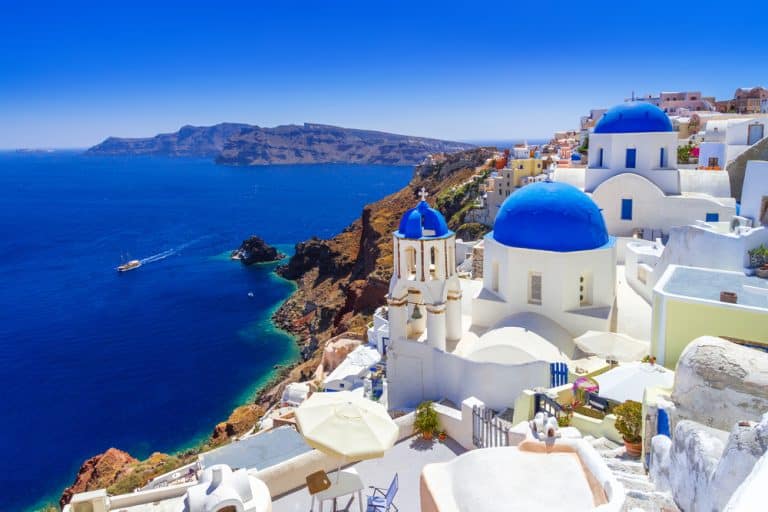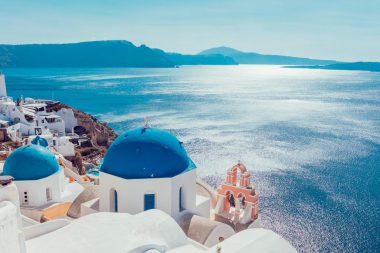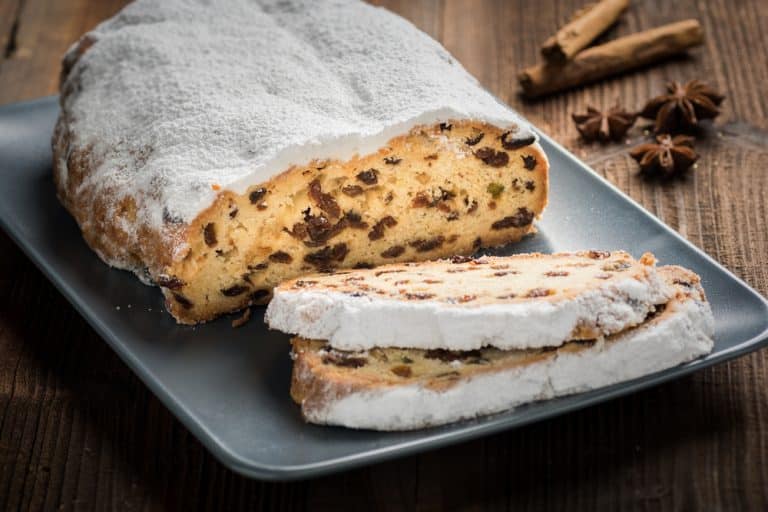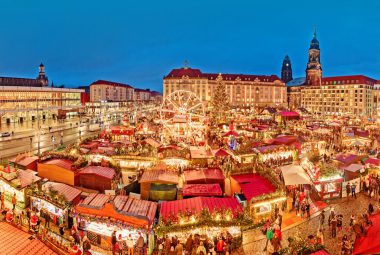No one doubts that smoking is harmful to health. Unfortunately, it is not always easy to get rid of the health-threatening habit overnight. It becomes particularly embarrassing when you go on a trip as a smoker. Because more and more destinations have become smoke-free and you have to come to terms with the local rules somehow.
Of course, there are also alternatives to the glow stick that can be especially useful in foreign countries. For example, you can reach for the so-called nicotine pouches, which convince not only with the nicotine kick but also with interesting flavors. If you are interested in this option, which is particularly beneficial to travelers, you can check it here. By the way, the pouches are available in different strengths, so you can choose them according to your own nicotine consumption.
With or without nicotine pouches, it is recommended to familiarize yourself with the local restrictions regarding smoking. This way you make sure that you don’t violate local laws and thus save yourself a lot of problems.
Spain
If you want to travel to the “Land of the Rabbits”, as the name of the country translates in the language of the indigenous people, the Phoenicians, then you should definitely know that there is a complete ban on smoking in Spain . In the outdoor areas of public facilities, on playgrounds and even if you want to experience the famous bullfights up close, lighting a cigarette is a taboo.
So-called smoking clubs are an exception. You can also smoke in the outdoor areas of some bars, but you have to accept that these places are quickly overcrowded.
What will not particularly please friends of the Spanish sun: a nationwide law is currently being discussed that will turn all beaches into smoke-free zones.
Austria
Until recently, Austria could be described as a Mecca for smokers. Because here the annoying habit was dealt with quite liberally. Smoking was allowed in most places in the land of mountains and lakes. For this purpose, special smoking rooms had been set up, whereby the only requirement for the enjoyment of the cigarette was that no smoke penetrated into non-smoking areas.
However, since November 1, 2019, the liberal approach to smoking has come to an end. A complete ban on smoking has been introduced in all bars and restaurants. So if you want to admire the Austrian sights and try out the local cuisine at the same time, you have to rely on alternatives to cigarettes.
Germany
If you want to linger over beer and sausages in the land of the Oktoberfest, you have to thoroughly study the regulations of the individual federal states beforehand. Believe it or not, it is up to the authorities in the 16 countries to introduce smoking bans on their own.
In general, smoking is prohibited in all public buildings, offices, hospitals, theatres and universities. The same applies to all train stations and airports. In the states of Bavaria, Saarland and North Rhine-Westphalia, the absolute smoking ban also extends to pubs and restaurants. However, there are exceptions that make the life of smokers easier in the other 13 federal states. Here you can light a cigarette in the specially marked side rooms of restaurants without making yourself liable to prosecution.
Ireland
In the land of fairies and goblins, people have long been uncompromising against smokers. The country was the first in the world to introduce an absolute ban on smoking in 2004. Anyone who dares to follow their bad habit in closed rooms must expect a fine of up to 3,000 euros. The strict measures have found support among governments worldwide and the smoking bans in other countries were not long in coming.
United States
In the United States, it is often decided at the local level whether and where you can smoke. Since smoking regulations can therefore vary not only from state to state, but from city to city, it is advisable to always inform yourself locally before reaching for a cigarette.
The measures against smokers are particularly strict in California and New York. Here, there is an absolute ban on smoking in many parks and not only inside buildings, but even within a radius of several meters around the building itself. Smoking is also prohibited in swimming pools and also on promenades and beaches. Also, you can’t buy cigarettes in these states if you’re younger than 21.
However, this is not the case everywhere in the United States. Especially in the south of the country, people have a somewhat milder attitude towards smokers. In some places you can even experience scenes known from westerns, where someone goes smoking into the bar.



